Devloped right on the heels of the Vought V-173 the B.390 was built for the same purpose quick take-offs and landings to defend ships, but its unlikely the B.390 would've been stable as air flow would've sliped off the edges of the wings creating a spin, It wasn't built and would reamain as a paper idea only
Specifications
General Characteristics
- Created On Windows
- Wingspan 30.9ft (9.4m)
- Length 36.0ft (11.0m)
- Height 15.3ft (4.7m)
- Empty Weight 7,461lbs (3,384kg)
- Loaded Weight 12,963lbs (5,880kg)
Performance
- Horse Power/Weight Ratio 0.154
- Wing Loading 26.3lbs/ft2 (128.2kg/m2)
- Wing Area 493.8ft2 (45.9m2)
- Drag Points 4689
Parts
- Number of Parts 62
- Control Surfaces 11
- Performance Cost 317

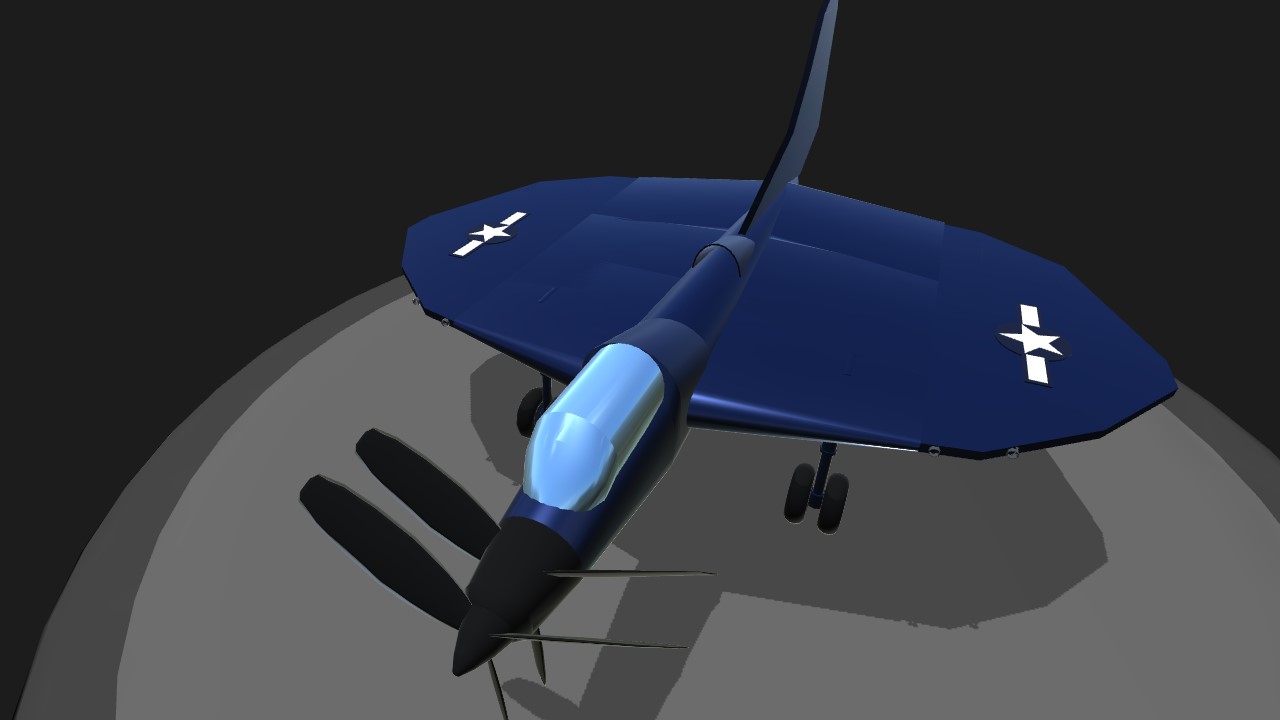
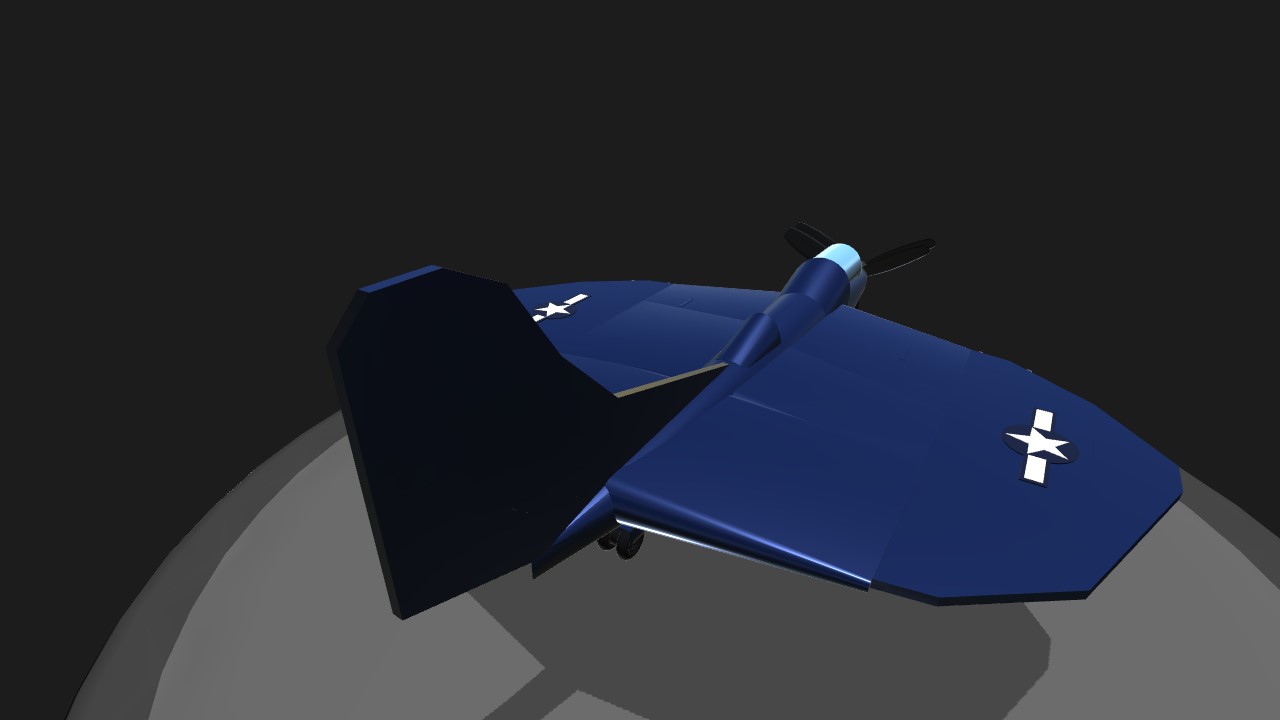
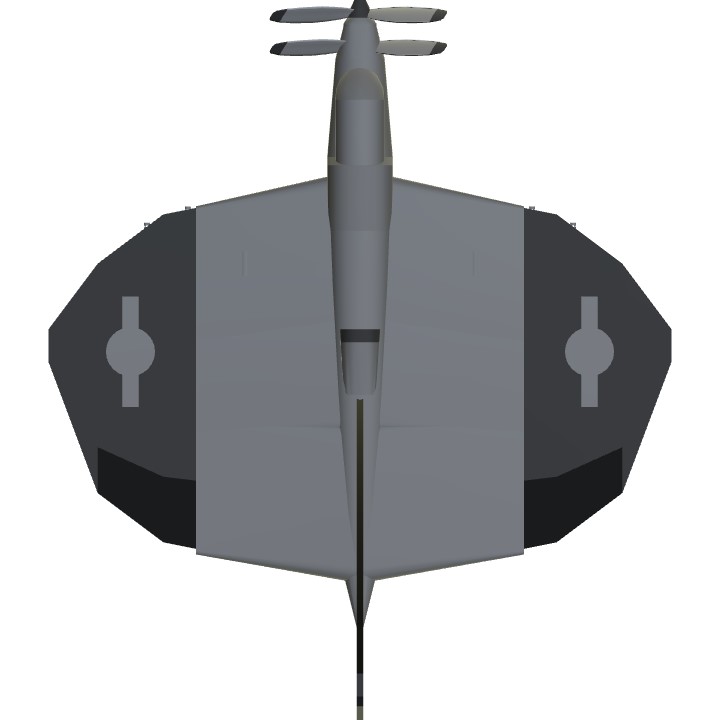
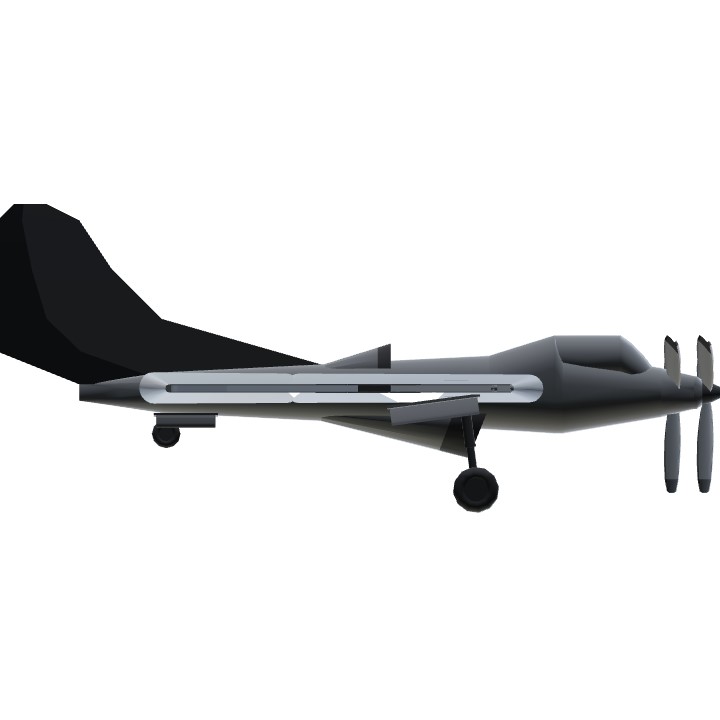
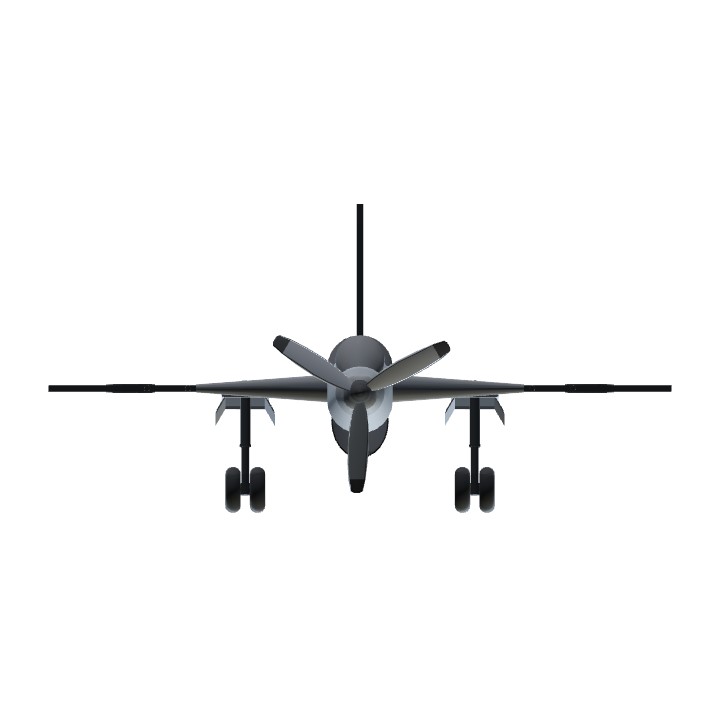
"its unlikely the B.390 would've been stable as air flow would've slipped off the edges of the wings creating a spin"
The problem with wing-tip wash-around was not instability leading to a spin.
The problem usually associated with low aspect-ratio is that wing-tip wrap-around creating drag at the ends of the trailing-edge wing-tips. In response, designers use higher aspect ratio wings.
Only recently have they started addressing the loss of energy in wing-tip vortexes, but still nobody uses low aspect ratio wings for efficiency at low speeds and its said to be draggy for that reason.
The Vought flapjack was to use the props to counter the wrap-around and still have the slow landing speed of the Arup S-2 plane, which had put on good shows for the Army and NACA & the CAA.
There are videos of Zimmerman flying tethered RC models like the v-173 flapjack taking off & flying, and hovering vertically indoors; with the v-173 was trying to chase that VTOL, as if 40kts wasn't slow enough to land big planes on a CVL or atoll airstrip.
It's strange that Zimmerman and Vought & the Navy thought the design had lots of dag, because the Arup planes did not exhibit it. They were slippery and quick. Able to stay in the air on tiny amounts of power with silly slow landing speed.
Arup S-2 was 980lbs, 37 hp engine for 97kts and landing speed 23kts. agile and almost un-stall-able.
Cheranovskii BICH-7a was short-wing tail-less (with fin like this), and had similar flight properties. Fauvel AV-10 also.
The alleged high-parasitic drag which is supposed to be the draw-back to short aspect-ratio wings, doesn't seem to be there, in these designs which work, and not all do. A circular german example during the war wasn't fly-able, but the coal-dust powered delta Lippish P-13 is actually a good slow gliding shape, with very short wings.
There was also the pre-war Canova diamond all-wing or the '40s Eschelman extremely short aspect ratio diamond, for a couple "flying flatfish" designs that seem to work.
If the Navy had built the Boeing model 390 with single prop and in-line 6 engine, and then this Boeing 396 (3500+hp with 4 20mm guns) in '43, it would have been a game-changer to say the least.
If it had flown like the Arup it closely mimics. It would have been a bullet, speed limited by prop tip speed and the pilot's G-limit and reflexes.
500+kts and 40kt landing speed and more range and payload than similar footprint conventional plane.